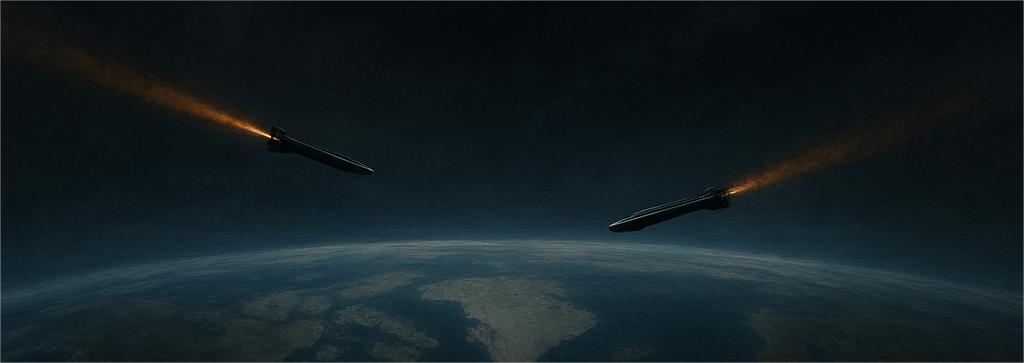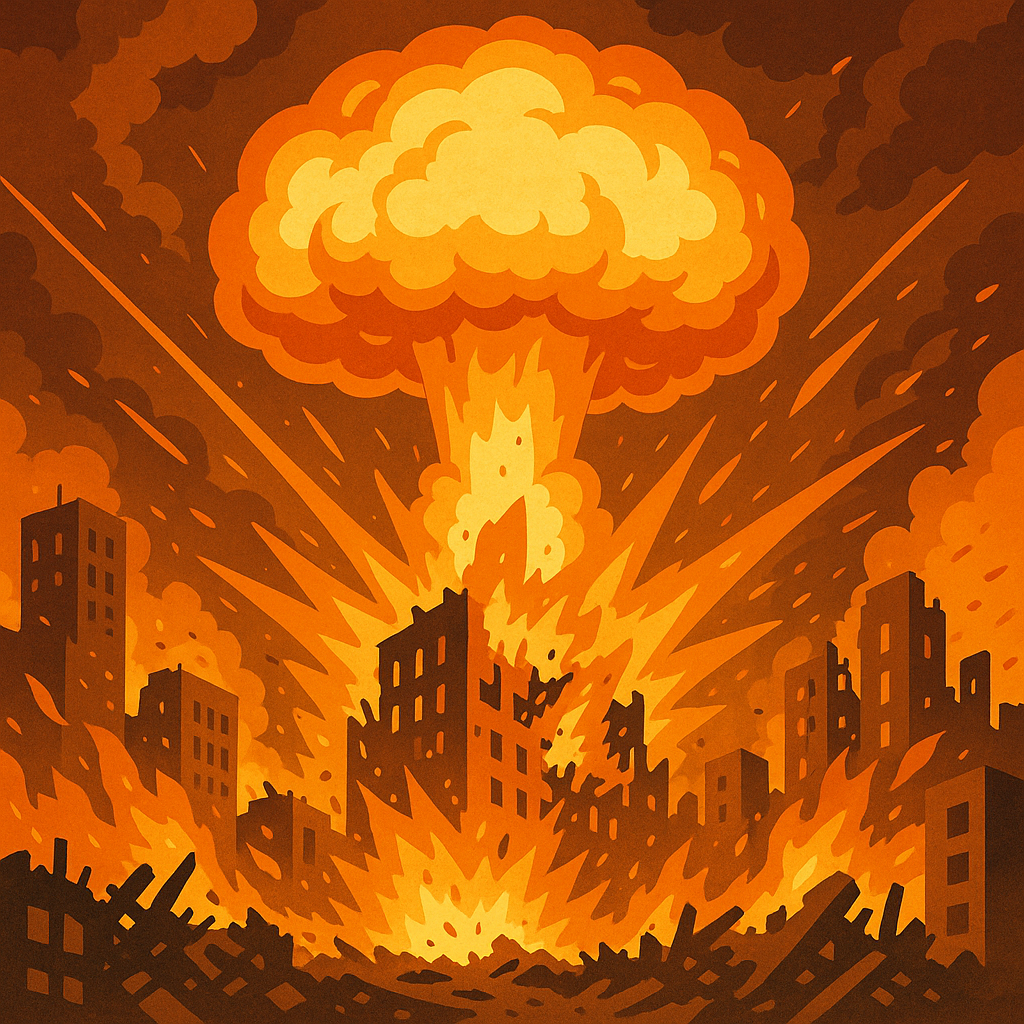
About The World War 3 Risk Index
Understanding the WW3 Risk Index means understanding both what it does and what it does not do.
First and foremost: The WW3 Risk Index does not predict that World War 3 is about to start.
It does not forecast a specific date, declare that global war is inevitable, or sensationalize geopolitical events. Instead, what it does is provide a reliable, data-driven risk score that reflects when the conditions in the world are such that World War 3 becomes more likely.
What the WW3 Risk Score Tells You
The WW3 Risk Score is an intuitive, easy-to-understand number on a scale of 0 to 100, updated daily. It is designed to give you clear, current insight into how global tensions are evolving — and when they may be approaching dangerous thresholds.
Unlike vague speculation or doomsday predictions, this score is backed by hard data, advanced algorithms, and rigorous methodology. It enables anyone — from everyday citizens to analysts — to stay informed about the real-world risk of World War 3 based on measurable signals.
How the Score Is Calculated
Our score is generated by a unique in-house algorithm that combines data from multiple trusted sources, weighted and analyzed using AI and machine learning. The system continuously evaluates global risk signals to ensure the most accurate and up-to-date reflection of international tension.
Key data sources include:
🛰️ ACLED (Armed Conflict Location & Event Data Project)
ACLED provides real-time, verified data on political violence and protest activity worldwide — including civil unrest, armed conflicts, and coups. This helps measure escalating instability in key regions.
🕊️ SIPRI (Stockholm International Peace Research Institute)
SIPRI tracks global arms transfers, military spending, and nuclear weapons programs — all of which are leading indicators of military buildup and strategic threat environments.
🌍 FSI (Fragile States Index)
Published by the Fund for Peace, the FSI ranks countries based on indicators like political instability, external intervention risk, and social cohesion. Higher fragility scores often correlate with increased risk of conflict escalation.
📰 News Sentiment Analysis
Using Natural Language Processing (NLP) and AI, we analyze thousands of articles daily from global news sources to assess media sentiment around war, diplomacy, and geopolitics. This captures how conflict is being framed, and whether narratives are becoming more hostile or alarmist.
🕰️ The Doomsday Clock
Maintained by the Bulletin of the Atomic Scientists, the Doomsday Clock symbolizes how close humanity is to global catastrophe, particularly from nuclear war. While symbolic, it serves as a long-term, expert-informed gauge of existential risk.
Weighted Analysis with AI
Each of these inputs is weighted based on relevance, recency, and severity. Our AI model learns from historical patterns and current signals to generate a composite score that reflects the likelihood of World War 3, not as a certainty, but as a risk probability.
This approach enables the WW3 Risk Index to answer questions like:
Is WW3 coming?
How close are we to World War 3?
What would happen if World War 3 started?
When might World War 3 start?
While no model can predict the exact start of World War 3, our goal is to provide a clear, honest, and data-driven assessment of whether the world is becoming more or less dangerous.
Why This Matters
In a world of misinformation, fear-mongering, and speculation, the WW3 Risk Index offers a grounded, transparent, and fact-based alternative. Whether you’re asking “Who would win World War 3?” or “What countries might be involved in World War 3?” — our goal is not to alarm, but to inform.
Stay informed. Stay prepared. Stay aware.
Check the WW3 Risk Score daily — and visit our FAQ for more insight into what it all means.
Want to know about the risk of CIVIL WAR in your country? See here.
